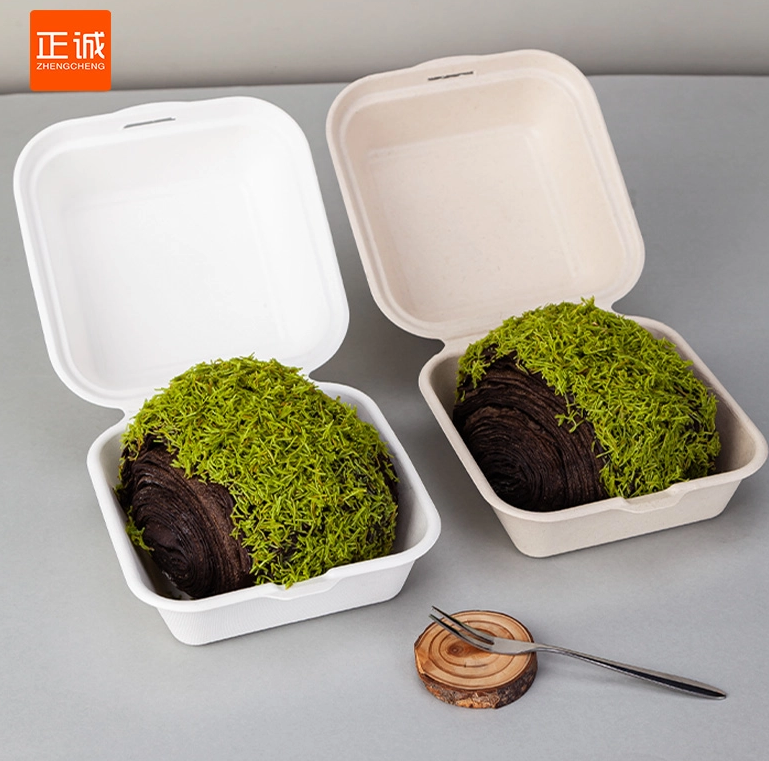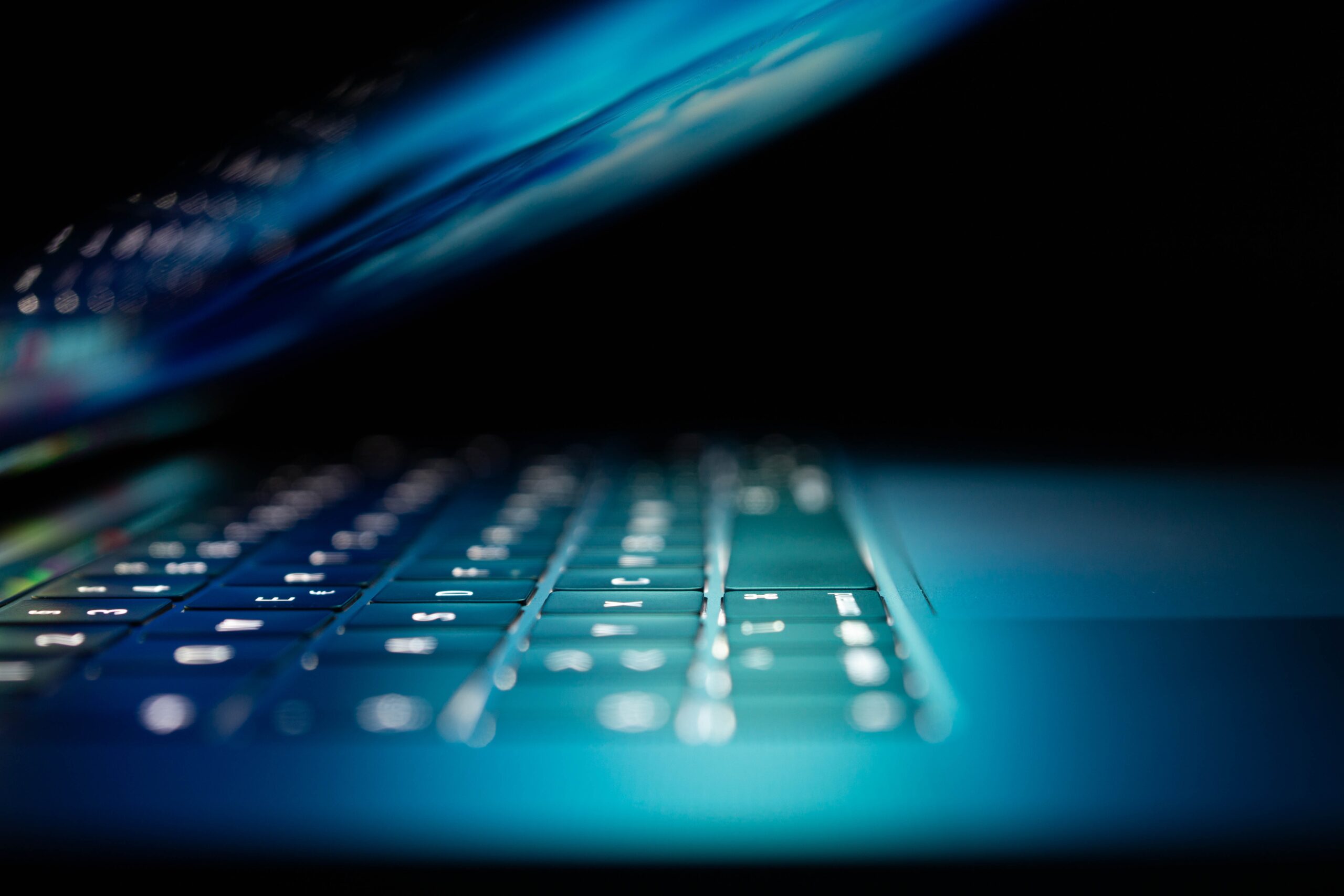In the digital age, printers remain an essential tool for both personal and professional use. HP printers, known for their reliability and quality, offer a range of customizable settings to enhance your printing experience. One of the most crucial aspects of printing is color management. Whether you’re preparing vibrant marketing materials or simply printing family photos, understanding how to change the color settings on your HP printer can significantly impact the final output. This article will guide you through the process, ensuring you achieve the best possible results.
Understanding Color Settings
Before diving into the technicalities, it’s important to grasp what color settings entail. Color settings in printers dictate how colors are rendered on paper. This includes adjustments for brightness, contrast, saturation, and even the color profile used. HP printers typically offer several modes, such as Standard, Best, and Draft, each affecting the color output differently.
Step-by-Step Guide to Changing Color Settings
- Accessing Printer Preferences
To modify the color settings on your HP printer, you first need to access the printer preferences. This can be done through your computer or directly on the printer’s control panel.
- On Windows:
- Open the Control Panel and select “Devices and Printers.”
- Right-click on your HP printer and choose “Printer Preferences.”
- On macOS:
- Go to “System Preferences” and select “Printers & Scanners.”
- Click on your HP printer and then click “Options & Supplies.”
- Select the “Driver” tab to access preferences.
- Selecting the Color Options
Once you are in the printer preferences, look for the “Color” or “Quality” tab. Here, you will find various options to adjust:
- Color Mode: Choose between “Color” and “Grayscale.” Selecting Grayscale will print in shades of gray, which is useful for text documents.
- Print Quality: Adjust the quality settings to either “Draft,” “Normal,” or “Best.” Higher quality settings will produce richer colors but may consume more ink.
- Color Management: Some HP printers allow you to select color profiles. This is particularly useful for graphic design and photography. You can choose between options like sRGB, Adobe RGB, or a custom profile if you have one.
- Advanced Color Adjustments
For users seeking more control over their prints, advanced settings may be available:
- Brightness and Contrast: Adjust these sliders to enhance or reduce the intensity of colors in your prints.
- Saturation: This setting controls the vividness of colors. Increasing saturation can make colors pop, while decreasing it can create a more muted effect.
- Custom Color Adjustments: Some HP printers allow for individual color adjustments (Cyan, Magenta, Yellow, and Black). This feature is particularly useful for professional printing where color accuracy is paramount.
- Saving Your Settings
After making your desired changes, ensure you save your settings. Click “Apply” or “OK” to confirm the adjustments. It’s advisable to run a test print to evaluate the changes before proceeding with larger print jobs.
Troubleshooting Common Issues
Even with the right settings, you may encounter issues such as color discrepancies or poor print quality. Here are some troubleshooting tips:
- Check Ink Levels: Low ink can lead to faded colors. Ensure all cartridges are adequately filled.
- Printer Calibration: Regularly calibrate your printer to maintain color accuracy. This can often be done through the printer’s maintenance menu.
- Update Drivers: Outdated printer drivers can affect color output. Visit the HP website to download the latest drivers for your model.
Conclusion
Changing the color settings on your HP printer is a straightforward process that can greatly enhance your printing results. By understanding the various options available and how they affect your prints, you can ensure that your documents and images are produced with the highest quality. Whether you are printing for business or pleasure, mastering these settings will empower you to achieve professional-grade results from the comfort of your home or office.






+ There are no comments
Add yours